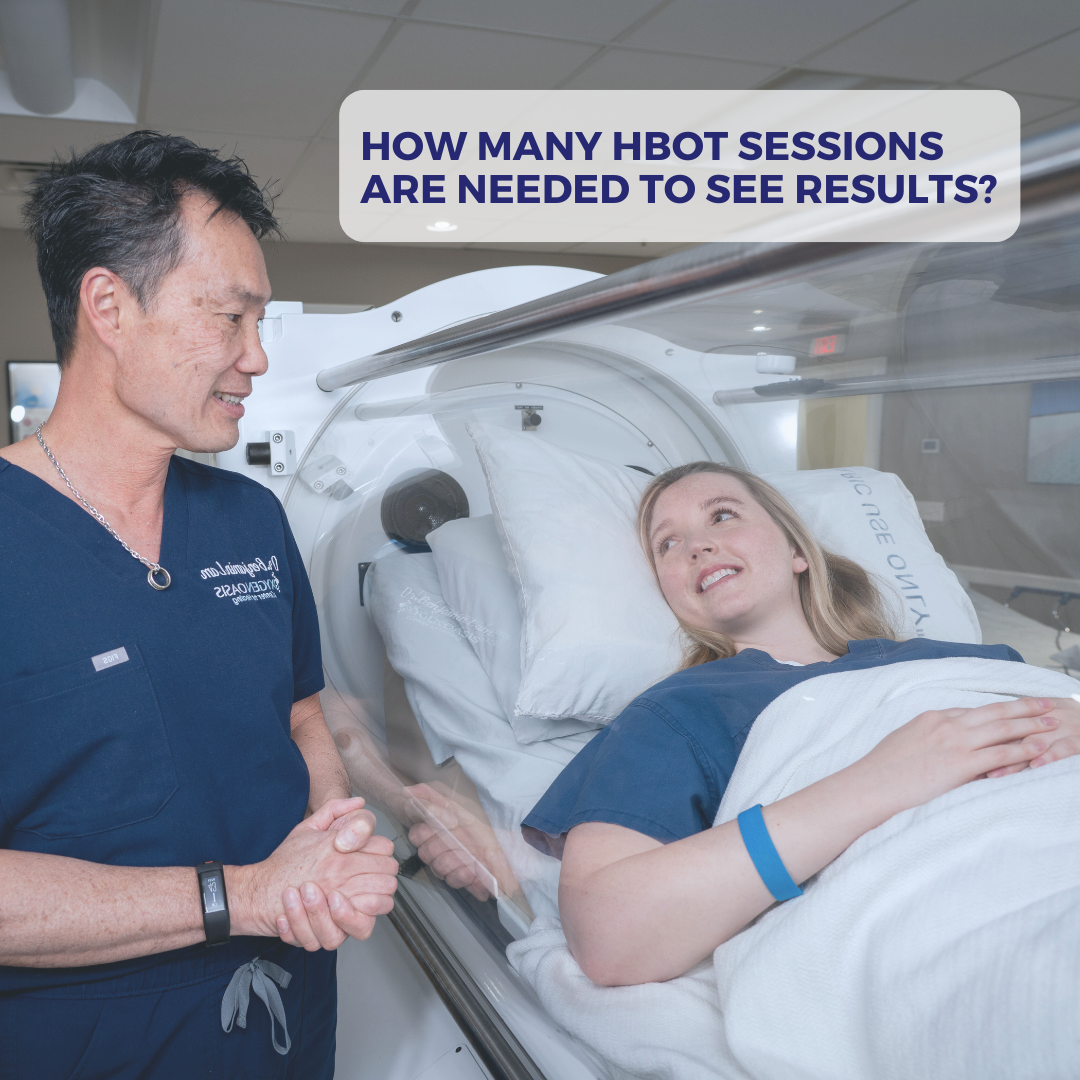
How Many HBOT Sessions Are Needed to See Results?
Hyperbaric Oxygen Therapy (HBOT) has gained popularity for its potential therapeutic benefits across a range of conditions, from wound healing to neurological disorders. One of the common questions among those considering HBOT is how many sessions are needed before experiencing noticeable results. Let’s explore this question in detail.
Factors Influencing the Number of Sessions Needed
The number of HBOT sessions required varies widely depending on several factors:
1. Condition Being Treated:
Acute vs. Chronic Conditions: Acute conditions like carbon monoxide poisoning may require fewer sessions (typically around 3-5 sessions), whereas chronic conditions such as diabetic foot ulcers or traumatic brain injury may necessitate more sessions (40 or more).
Specific Condition: The severity and specific nature of the condition being treated play a significant role. Conditions like non-healing wounds or radiation injuries may require a more prolonged treatment regimen.
2. Individual Response:
Patient’s Health Status: Factors such as age, overall health, and individual response to the therapy can influence the number of sessions needed.
Compliance: Adherence to the recommended treatment schedule and other medical advice can impact the effectiveness of HBOT.
3. Treatment Protocol:
Session Frequency: Typically, sessions are scheduled daily or several times a week. The frequency and duration of treatment prescribed by healthcare providers affect how quickly results are seen.
Total Number of Sessions: Healthcare providers determine the total number of sessions based on the condition being treated and the patient’s response to therapy.
Expected Timeline for Results
While individual responses vary, patients often start to notice improvements after several sessions. For acute conditions, improvements might be seen sooner, sometimes even after the first few sessions. However, chronic conditions generally require a more extended treatment plan before significant results are observed.
1. Short-term Benefits:
Improved Oxygenation: Some patients report feeling more energized or experiencing improved cognitive function shortly after a session.
Wound Healing: For wounds and injuries, early signs of improvement, such as reduced inflammation or enhanced healing, may begin to appear within a few sessions.
2. Long-term Benefits:
Cumulative Effects: The full benefits of HBOT often accrue over time, with ongoing sessions promoting more sustainable improvements.
Stabilization and Maintenance: For chronic conditions, regular HBOT sessions may be necessary to maintain benefits over the long term.
Conclusion
The number of HBOT sessions required to see results varies widely depending on the condition being treated, the individual’s response, and the treatment protocol prescribed. While some patients may experience immediate benefits, others may require more sessions to achieve significant improvements. Consultation with a healthcare provider experienced in HBOT is crucial to determine the optimal treatment plan tailored to individual needs and health goals.
While the exact number of sessions needed can vary, HBOT is a promising therapeutic option for many conditions, with noticeable improvements often observed after several sessions. Patience and adherence to the treatment plan are key to maximizing the benefits of HBOT therapy.